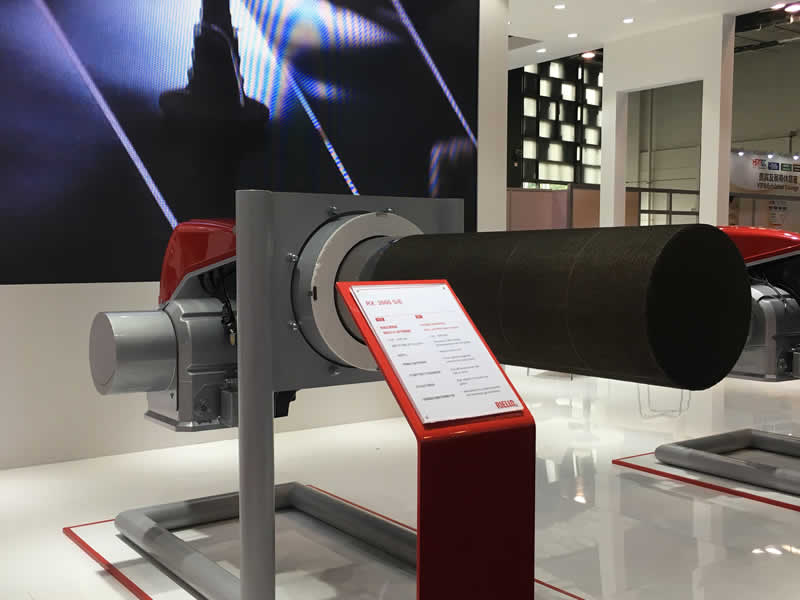
Plate heat exchangers are widely used in petroleum, chemical, light industry, medicine, energy and other industries. After long-term use, corrosion will inevitably occur inside the tubes. This has nothing to do with impure water quality, air pollution, tube wall Conditions, water velocity and other factors are closely related. The presence of scale deposits on the inner wall of the tube in the plate heat exchanger causes localized corrosion and pitting of the pipeline in the tube. The main reasons are as follows:
1. Corrosion on the surface of the side tube sheet of the water chamber.
The plate heat exchanger is located on the surface of the tube sheet on the side of the water chamber, especially around the tubes, which will also cause electrochemical corrosion to the tube sheet, and the corrosion marks are in the form of spots and blocks.
2. Local erosion of the inner wall of the water side pipe.
When cold water flows rapidly in a metal pipe containing dirt, air, and sulfurous acid gas, a layer of anti-corrosion protective film will be formed on the inner surface of the pipe. Due to the low concentration of metal ions, the electrochemical corrosion of the anode (the part with less metal ions) and the cathode (the part with more metal ions) is formed on the surface peeled off by the protective film of the tube, and the inner surface of the tube that causes this corrosion will appear. Scale depressions and fine spots.
3. Pitting corrosion and pitting corrosion on the inner wall of the water side pipe.
Corrosion on the water side of plate heat exchanger tubes mostly occurs in the case of scale or other uneven coverage. For copper and its alloys, when there is porous sludge or sediment on the surface of the tube wall, it will cause another electrochemical corrosion of the oxygen concentration difference battery. For example, when cold water or cooling water contains copper ions, a battery is created, causing the copper ions to plate on the iron surface, resulting in pitting and pitting corrosion, the phenomenon of copper plating.

Plate heat exchangers are widely used in petroleum, chemical, light industry, medicine, energy and other industries. After long-term use, corrosion will inevitably occur inside the tubes. This has nothing to do with impure water quality, air pollution, tube wall Conditions, water velocity and other factors are closely related. The presence of scale deposits on the inner wall of the tube in the plate heat exchanger causes localized corrosion and pitting of the pipeline in the tube. The main reasons are as follows:
1. Corrosion on the surface of the side tube sheet of the water chamber.
The plate heat exchanger is located on the surface of the tube sheet on the side of the water chamber, especially around the tubes, which will also cause electrochemical corrosion to the tube sheet, and the corrosion marks are in the form of spots and blocks.
2. Local erosion of the inner wall of the water side pipe.
When cold water flows rapidly in a metal pipe containing dirt, air, and sulfurous acid gas, a layer of anti-corrosion protective film will be formed on the inner surface of the pipe. Due to the low concentration of metal ions, the electrochemical corrosion of the anode (the part with less metal ions) and the cathode (the part with more metal ions) is formed on the surface peeled off by the protective film of the tube, and the inner surface of the tube that causes this corrosion will appear. Scale depressions and fine spots.
3. Pitting corrosion and pitting corrosion on the inner wall of the water side pipe.
Corrosion on the water side of plate heat exchanger tubes mostly occurs in the case of scale or other uneven coverage. For copper and its alloys, when there is porous sludge or sediment on the surface of the tube wall, it will cause another electrochemical corrosion of the oxygen concentration difference battery. For example, when cold water or cooling water contains copper ions, a battery is created, causing the copper ions to plate on the iron surface, resulting in pitting and pitting corrosion, the phenomenon of copper plating.